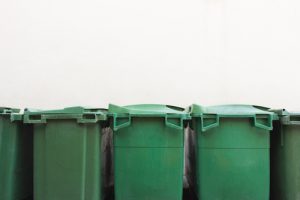 If a municipal recycling program wants to increase its performance, local government engagement is needed. Several program leaders made that clear during a discussion hosted by the U.S. EPA last week.
If a municipal recycling program wants to increase its performance, local government engagement is needed. Several program leaders made that clear during a discussion hosted by the U.S. EPA last week.

 If a municipal recycling program wants to increase its performance, local government engagement is needed. Several program leaders made that clear during a discussion hosted by the U.S. EPA last week.
If a municipal recycling program wants to increase its performance, local government engagement is needed. Several program leaders made that clear during a discussion hosted by the U.S. EPA last week.
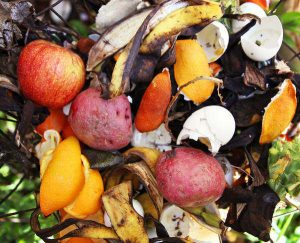 Curbside organics collection could be a key component of Washington, D.C.’s strategy to reach an 80 percent diversion rate. A feasibility study has laid out implementation details.
Curbside organics collection could be a key component of Washington, D.C.’s strategy to reach an 80 percent diversion rate. A feasibility study has laid out implementation details.
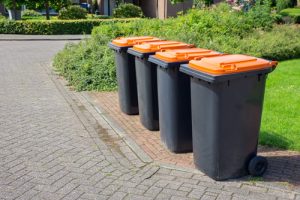 Minnesota is on track to improve the accuracy of its annual recycling and waste management data reporting, so its recent annual report covers a “transition year” for information on waste management activities.
Minnesota is on track to improve the accuracy of its annual recycling and waste management data reporting, so its recent annual report covers a “transition year” for information on waste management activities.

Construction progress on Waste Management’s Alameda County facility as of February 2017. Photo credit: CalRecycle
An organics-focused operation in California estimated to cost more than $120 million will extract recoverable material from municipal solid waste. But it’s not aimed at replacing curbside recycling and compost collection.
This story originally appeared in the February 2017 issue of Resource Recycling.
Subscribe today for access to all print content.
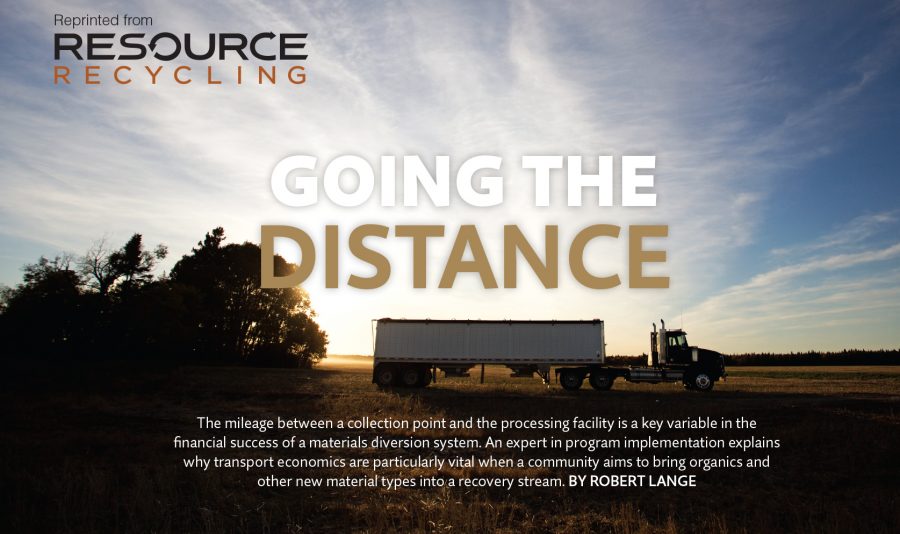
This story originally appeared in the February 2016 issue of Resource Recycling.
Subscribe today for access to all print content.
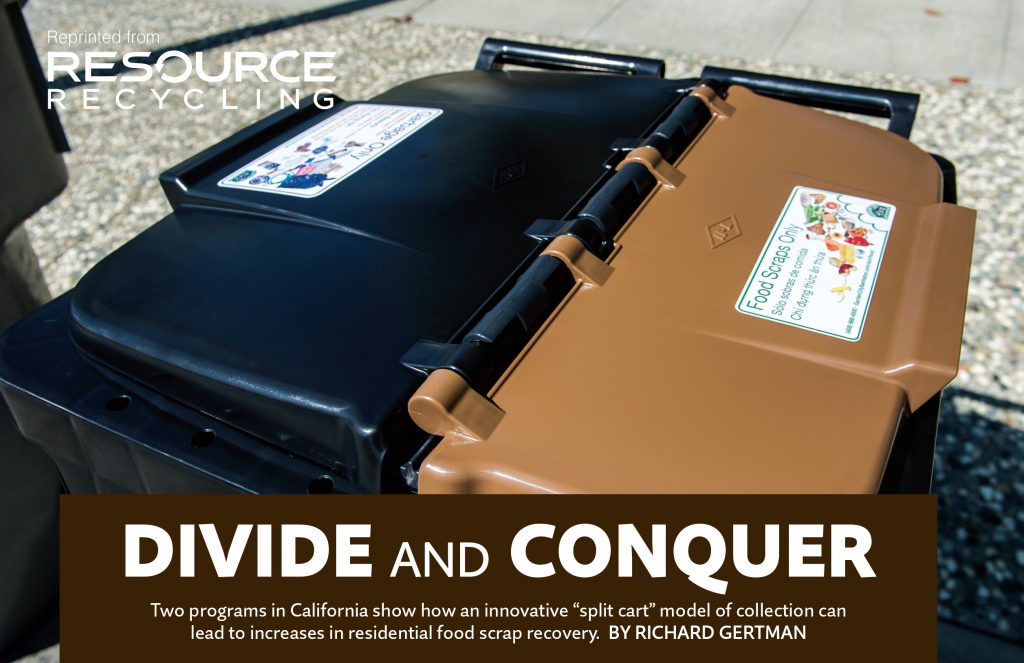
This story originally appeared in the January 2017 issue of Resource Recycling.
Subscribe today for access to all print content.
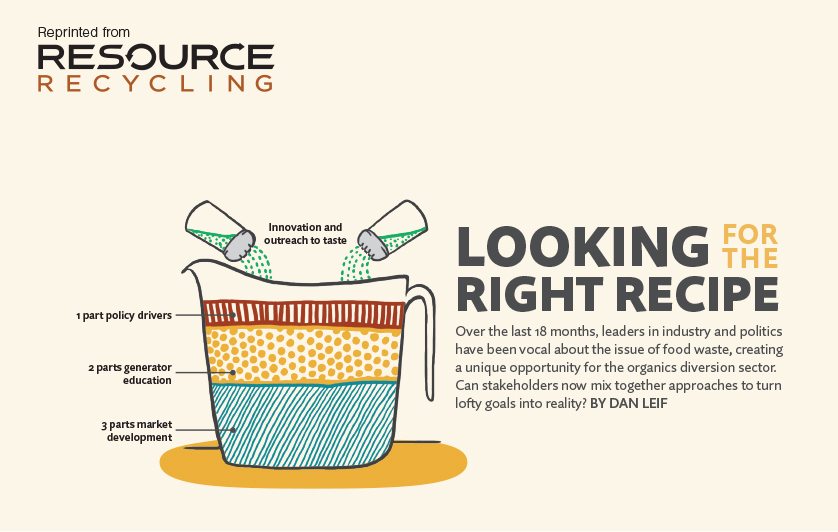
Efforts aimed at organics diversion and food-waste reduction grabbed attention during International Compost Awareness Week.
This story originally appeared in the June 2016 issue of Resource Recycling.
Subscribe today for access to all print content.
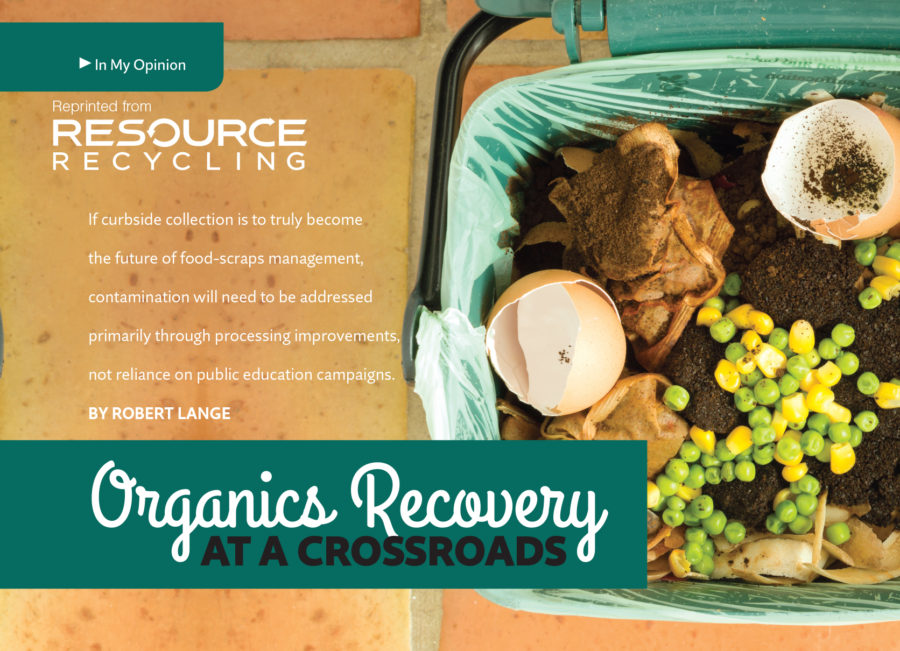
 Food processors, farms and municipalities all have felt pressures to send less organic material to landfills. They could eventually get help from a startup in California that is turning organics into biodegradable plastic.
Food processors, farms and municipalities all have felt pressures to send less organic material to landfills. They could eventually get help from a startup in California that is turning organics into biodegradable plastic.
